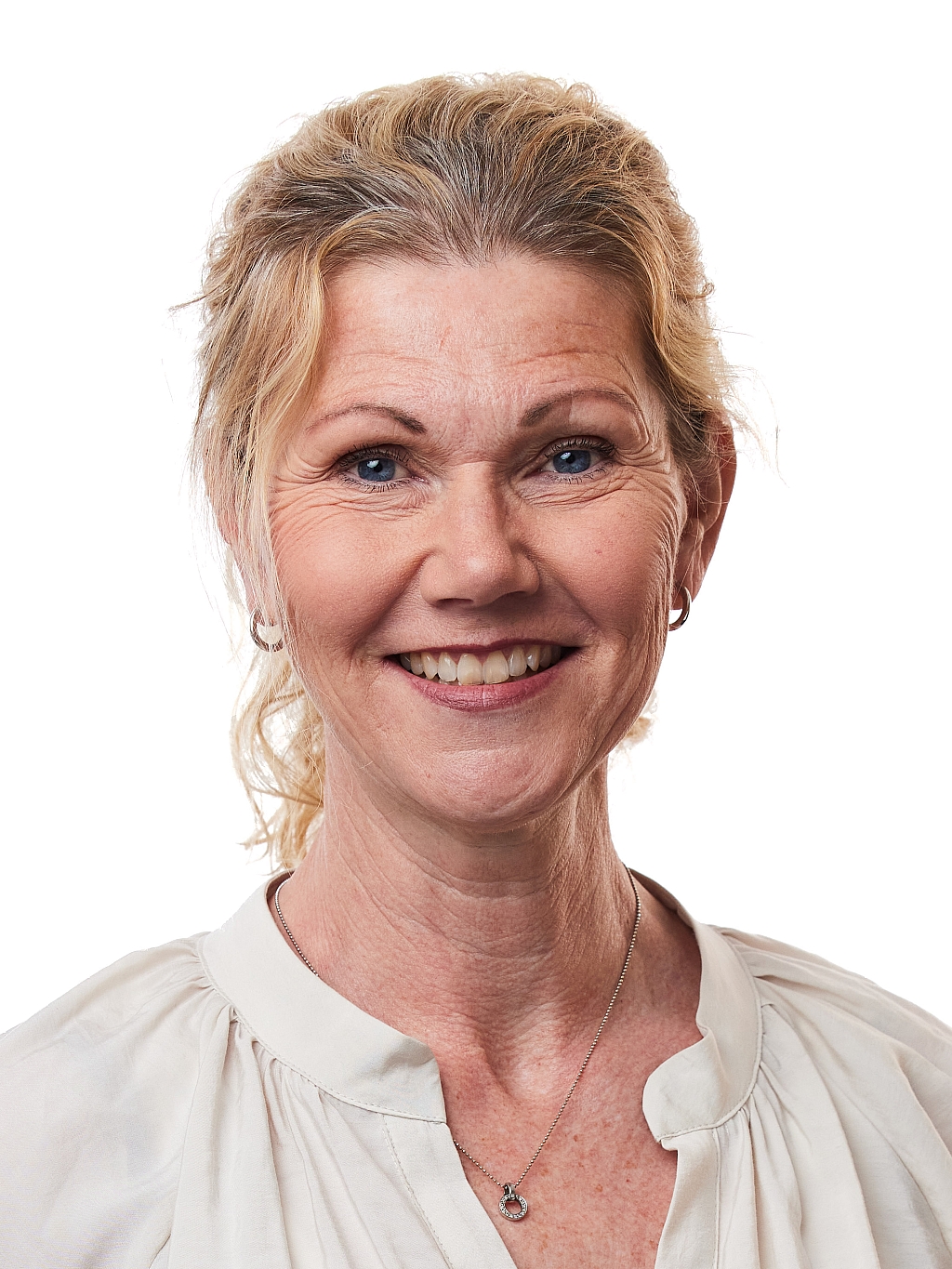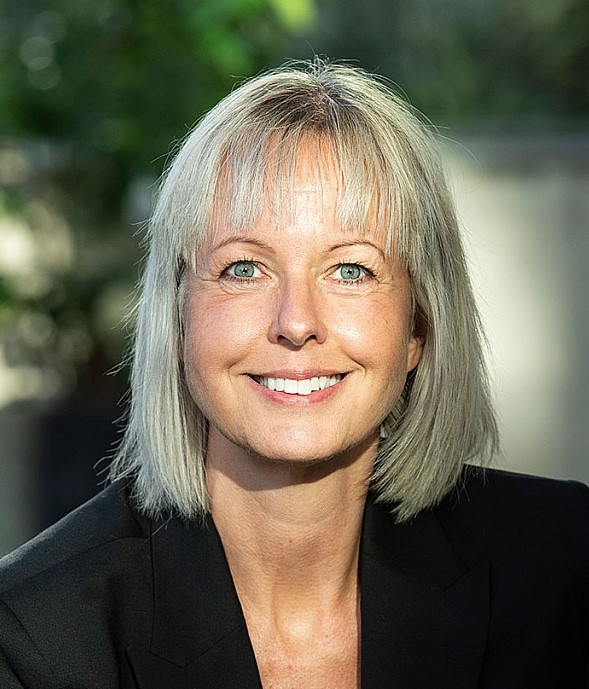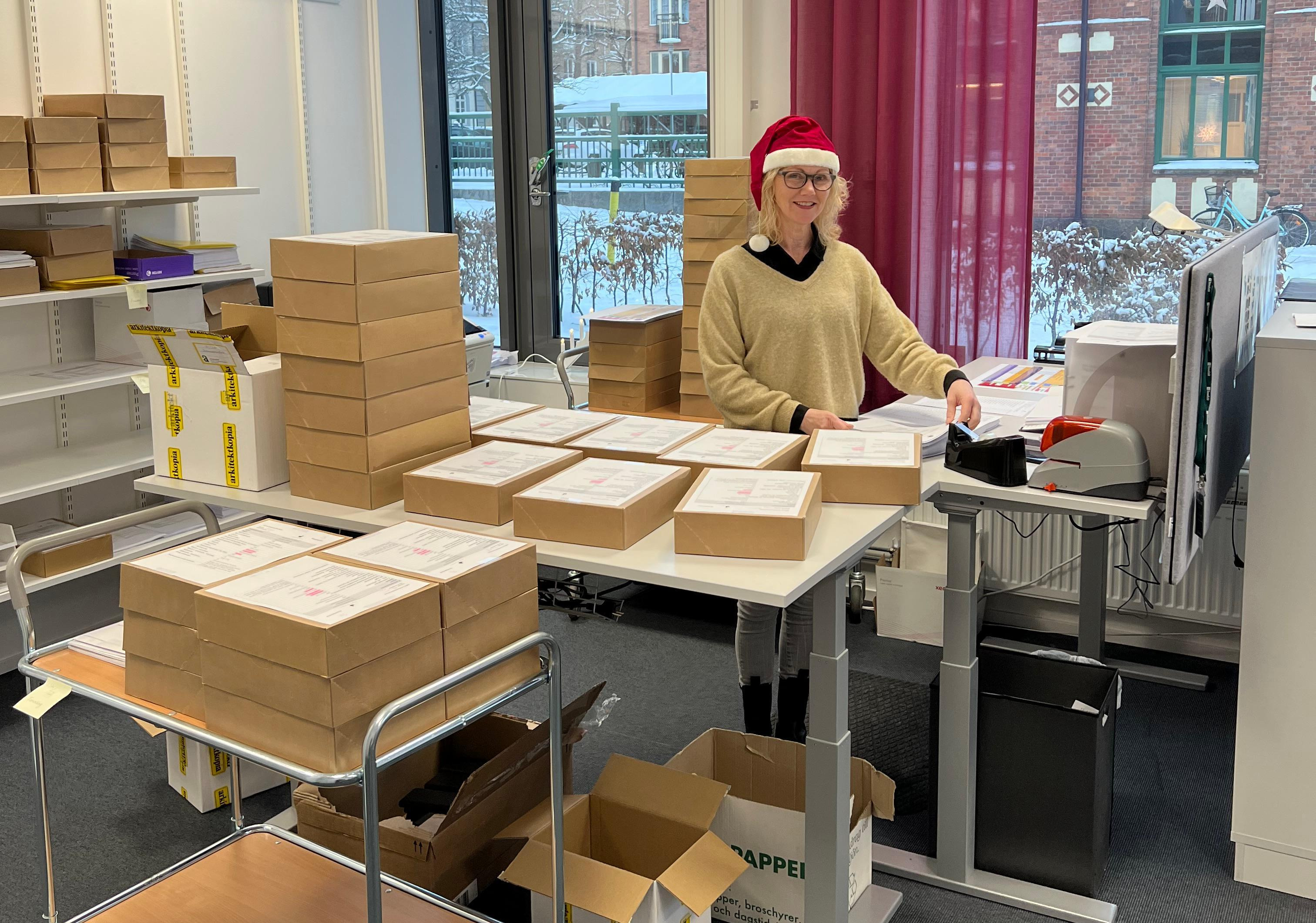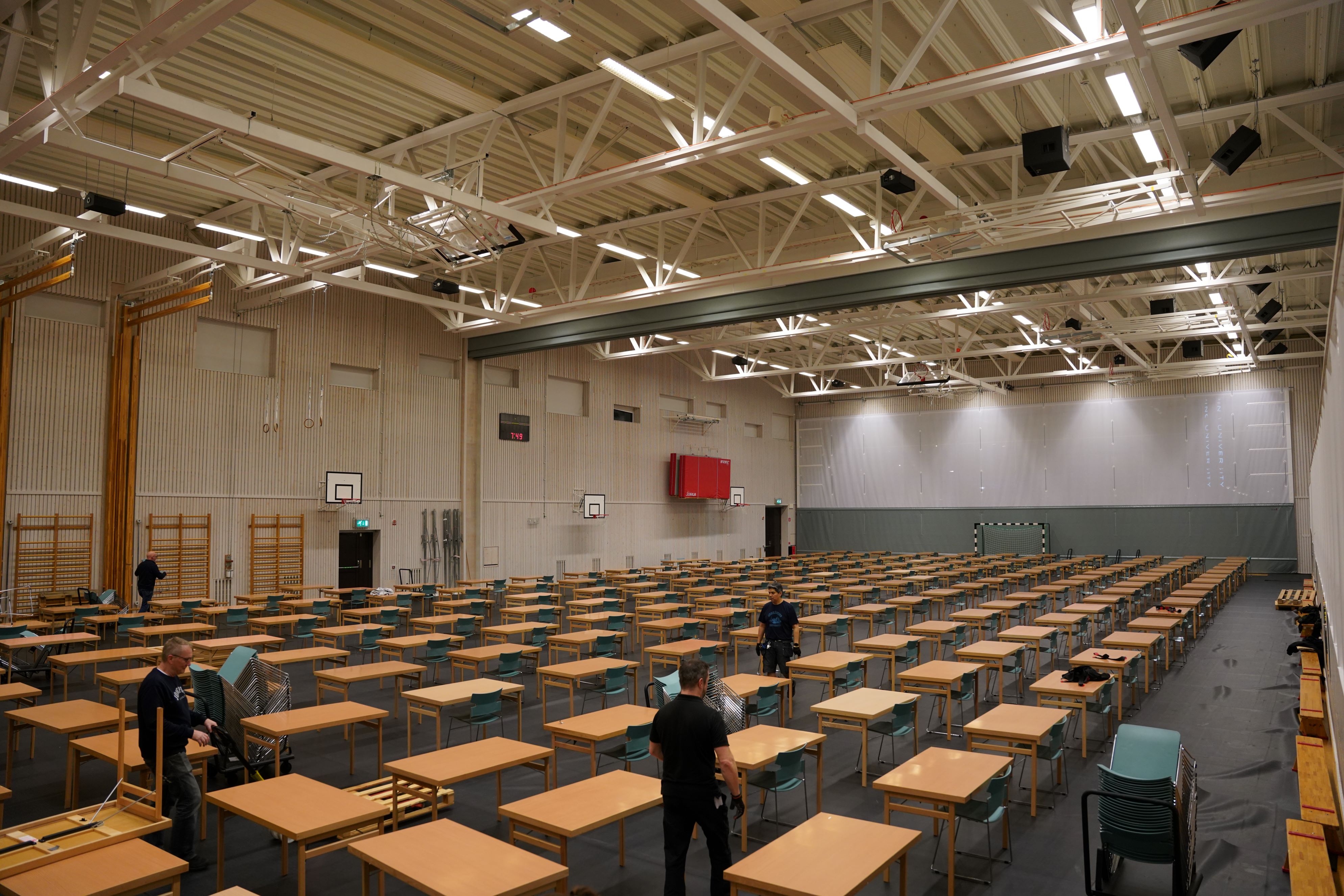Examination for record number of JU students at the same time
%20MicrosoftTeams-image%20(30).png)
On Thursday 14 December, a record number of JU students took the same exam – at the same time. A total of 574 students were registered and spread out in various premises throughout Jönköping University’s (JU) campus. Follow behind the scenes at the “exam workshop” and learn more about the organization behind it all.
Examination. Exam. Test. Quiz. Assessment. A dear child has many names. For some it is anxiety-provoking, while for others it is a great relief when the exam is finally over.
Taylor Stoltenkamp is a student from South Africa and she’s a little bit nervous about the exam.
“I’ve practiced a lot and I’m going to be very relieved when the exam is over. It feels kind of amazing to be part of the biggest JU exam ever. I’m not surprised because the lectures have been really big, and I think the organization has been done well for the exam,” she says.
Her fellow student Sisuranga Silva is from Sri Lanka, and he is both stressed and happy to finish off all the work for the semester.
“It is very interesting to be part of such a big exam, it’s exciting to see so many faces around you. I think it’s really nice that this is the biggest exam ever for JU because it means that the university is growing, this exam will probably be even bigger in the future. Right now, I just hope I will pass the exam and move on to the next stage of my studies,” he says.
Taylor Stoltenkamp and Sisuranga Silva are two of the 574 students who are registered to write the JMIG12 (Microeconomic Principles) exam, a course in Economics that many students at Jönköping International Business School (JIBS) at JU take during their first year. That there are so many students taking the exam at the same time this year is a record for on-site exams at the university.

Christina Bergdahl
48,220 students booked in for exams in 2023
Christina Bergdahl is operations coordinator at JU with responsibility for examinations. The examination organization is an important part of the university’s operations as it forms a cornerstone in the foundations of higher education. Nothing can go wrong when it comes to something as important as students’ exams.
“We are used to handling many exams, in 2022 we had exams on 223 of the year’s 365 days. So far this year, there have been 48,220 students registered for 1,783 exam sessions,” says Christina Bergdahl.
The preparations for the exam start over two months in advance and it is a carefully designed process with many moving parts (see fact box). The students themselves register for the exam a month up to 10 days before. Close to 30 different people are involved in this day’s big exam, everything from exam invigilators to care-takers.
“I think that many people may not realize how big an apparatus the entire examination organization is and how many different roles and functions are involved. There is something special about this big exam too, as it is done as a paper exam. Loose sheets, calculators, and hand sanitizer – everything must be in place,” says Christina.

Charlotta Mellander
Even the teachers are at full strength
Charlotta Mellander is Professor of Economics at JIBS and examiner on the course where 574 students are examined at the same time. The work until the day the exam is written is only a fraction of all the work that she and her colleagues put in.
“Of course, it is very important that the entire machinery works until the students have handed in their exams, then our work takes over. Then we have to correct and grade all these students’ submissions and we have two weeks to do it, according to JU’s regulations,” says Charlotta Mellander.
“As this is a large course that runs just before Christmas, we teachers usually try to get it done before the holidays – both for the sake of the students and for us. It has almost become a Christmas tradition that we gather around a large table and pass the exams around between us, while playing some Christmas music and eating Christmas sweets. It makes it a little more pleasant to mark so many exams,” Charlotta concludes with a smile.
Facts about paper exams
Before the exam
- About two months before the exam date the schools order an exam time. Scheduling is done as well as rough planning of exam rooms.
- The teachers design the exam, which in many cases takes hours. Many areas of the course must be covered by the questions, they must be solvable given the course content, and solution documents must be produced before the correction work.
- Registration for students opens one month before and closes ten days before the exam day, then the detailed planning for the exam organization begins. Among other things, premises are booked in advance, exam hosts are booked in, documents are printed (for example cover pages and registration lists), which are then prepared for the hosts and packed in boxes that are placed in safes. Security is important for exams!
- The invigilators “leaf” the exams, that is, they put an exam essay together with loose sheets, cover sheet with anonymization code and seat number in a plastic pocket called “Examination”". Each exam room is then prepared and equipped with paper, calculators and more.
During the exam
- During the exam itself, the invigilators help the students find their seats. Ten minutes before the exam starts, they inform the students about important rules of conduct. They then do an ID check at the writing station after the start of the exam. Legally secure processes really are an important aspect of the examination work.
- The teachers go out into all classrooms to address any questions from the students while the exams are being written.
- When the exam is completed, the students hand in the written exam to the invigilators and a new ID check is done as well as a check of the submitted sheets.
After the exam
- The invigilators sort all written exams after the exam is finished and this is done according to an anonymization code in alphabetical order. Then all boxes with written exams are placed in the safe.
- The next day, the safe is emptied by a coordinator who makes sure everything is included and looks right. Then the caretakers collect all the boxes and make sure that they are delivered to the correct safes outside the schools.
- The exams are marked by all teachers involved in the course. This is a job that often takes several days.
- When the correction is completed, the exams are collected again and sent to JU's Service Center for scanning and archiving.


%20IMG_2755.jpeg)

